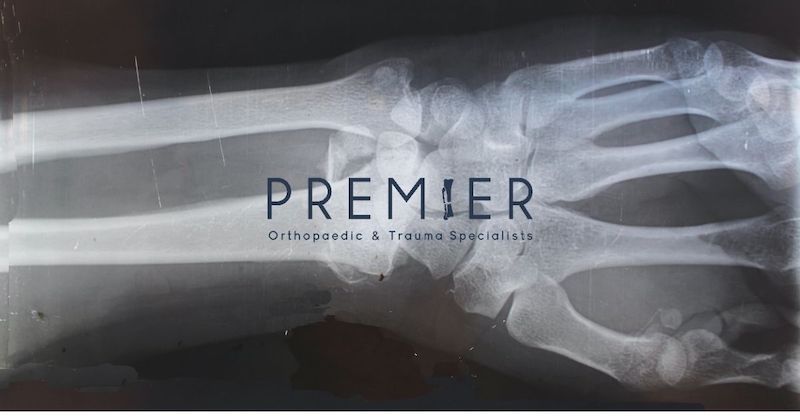Osteoporosis
As an individual approaches more advanced age, the topic of osteoporosis becomes pertinent during a doctor visit. Osteoporosis occurs when your body cannot replace bone tissue like it used to. This diminishes bone mass, creating gaps in a body’s bone structure. With decreased bone mass, the risk of fracture increases. This process can occur at any age, but is especially prevalent in older populations, and especially in women.

Prevention
A person can take measures throughout their life to decrease their risk of osteoporosis. A healthy lifestyle is essential to help defend your bones against the threat of osteoporosis. It is commonly known that vitamin D and calcium aid in bone strength. Great food sources for vitamin D include fish and eggs. However, the best source of Vitamin D is the sun. Calcium is found in dairy products, but can also be found in leafy green vegetables, broccoli, oranges and more. Of course, some patients may need to supplement to eliminate deficiencies.
In addition to a well-balanced diet, exercise is beneficial when looking to avoid risk of osteoporosis. The National Osteoporosis Foundation suggests both cardio and muscle building exercises to build muscle and increase the heart rate. In fact, recent evidence has shown that weight bearing exercises (like those that build some muscle) have great effects at limiting or slowing the loss of good bone.
Symptoms
There are many ways to identify osteoporosis in its early or later stages. In early stages, one might notice subtle signs such as receding gums or brittle nails as a sign of poor bone health. One may also experience a gradual decline in strength. As osteoporosis develops, a person can experience a change in posture, specifically stooped or rounded shoulders. Once osteoporosis causes more prevalent gaps in bone structure, it is much easier to fracture bones from a fall or even a sudden movement. Decreased height from compression of the vertebra in the spine is also common.
If you are experiencing any of these symptoms, it might be time to seek a professional opinion.
Treatment
There are plenty of treatment options for osteoporosis. Treatment plans vary based on the severity and stage of a patient’s condition. If caught early, non-medical approaches could be an option. A change in nutrition, supplementation and focused exercise is recommended in order to promote bone strength. In more advanced stages of osteoporosis, medication is more likely to be prescribed. Antiresorptive medication such as bisphosphonates might be used in order to prevent further loss of bone density. Other medications that support calcium production along with hormonal therapies are recommended to slow the progression of osteoporosis and alleviate symptoms. Our surgeons at Premier Orthopaedic & Trauma Specialists will help guide you and work with your primary care physicians to help plan a good treatment/prevention strategy.
If significant degeneration has occurred due to osteoporosis, or if a fracture occurs, surgery may be necessary to rebuild a joint or bone. Many patients with severe osteoporosis may break their hip, which may require hip replacement surgery. However, any bone in the body is more susceptible to a fracture if the patient is osteoporotic.
The Bottom Line
Your risk of osteoporosis increases in tandem with your age. However, this bone disease is preventable, treatable, and manageable. A person should make conscious, preventative decisions from a young age to decrease the risk of developing osteoporosis. If you suspect that you are starting to show symptoms of the bone disease, seek medical attention as soon as possible in order to have the best chance of being able to promote bone health. The proper guidance and treatment options is essential.
If you would like to seek professional opinion about the prevention, risks, and treatment of osteoporosis, contact us to set up an appointment with one of our orthopedic surgeons.


